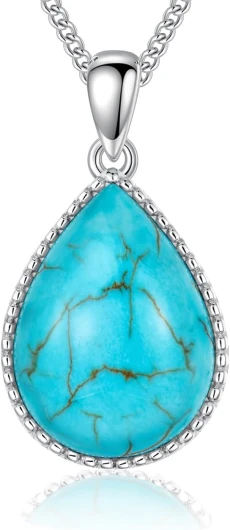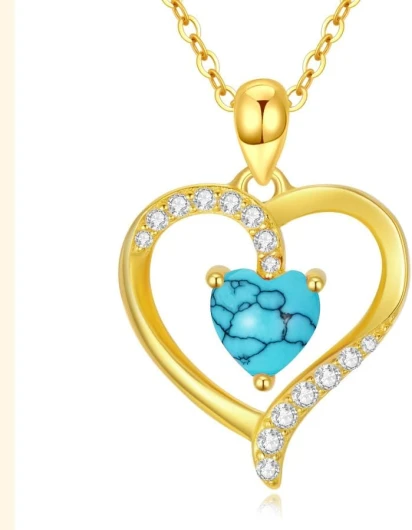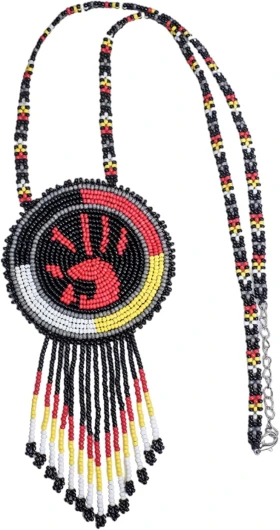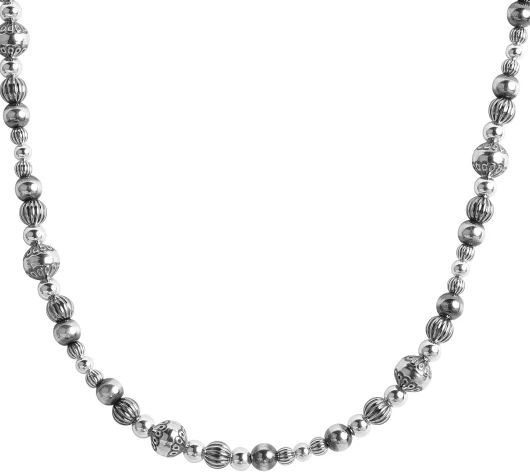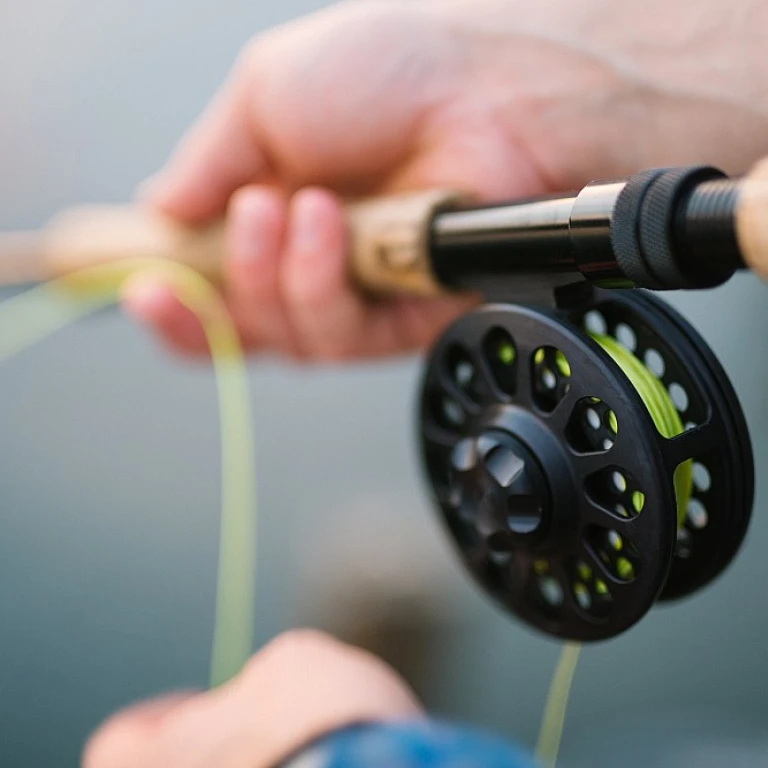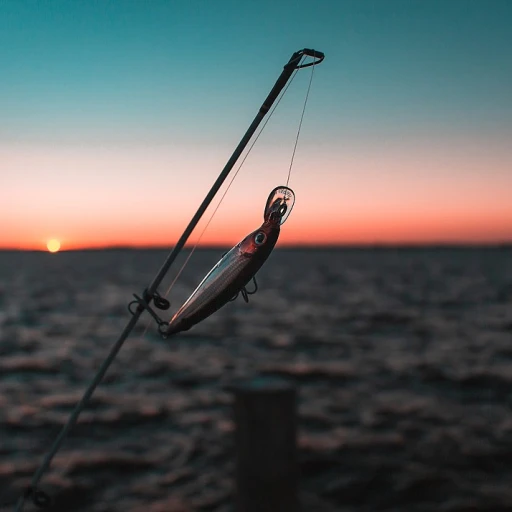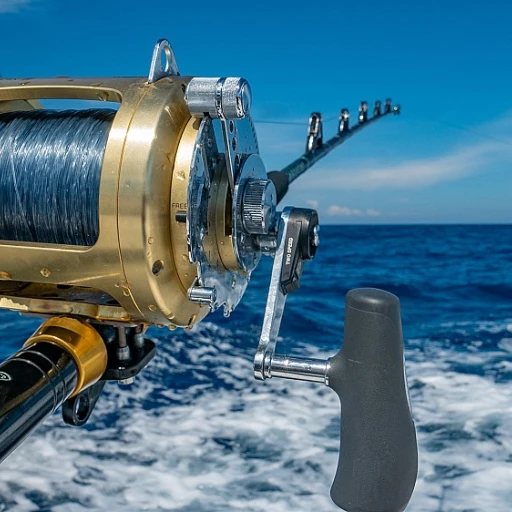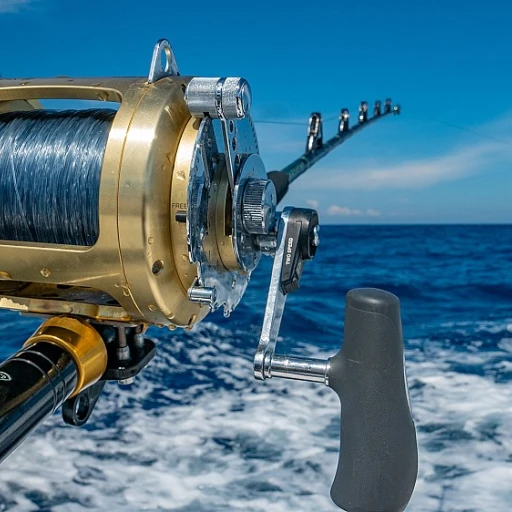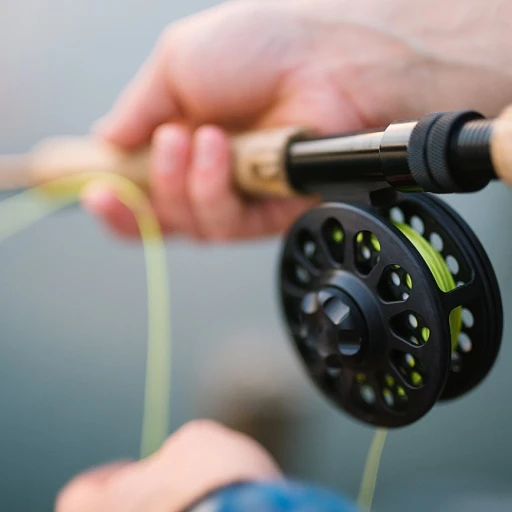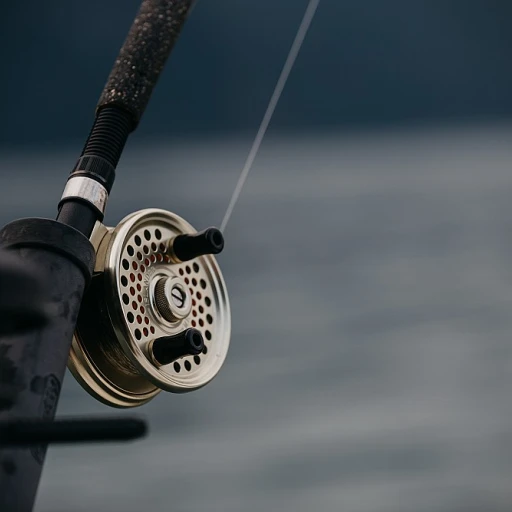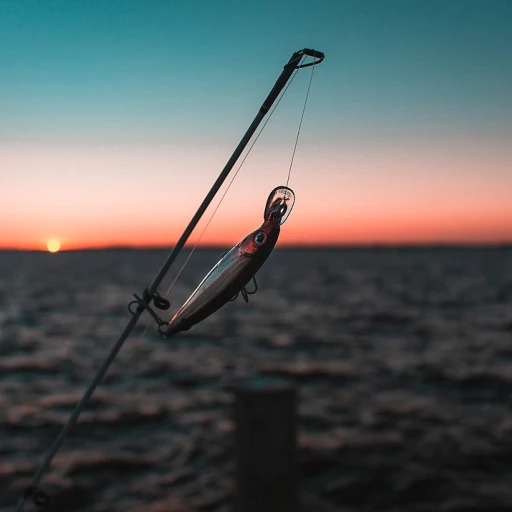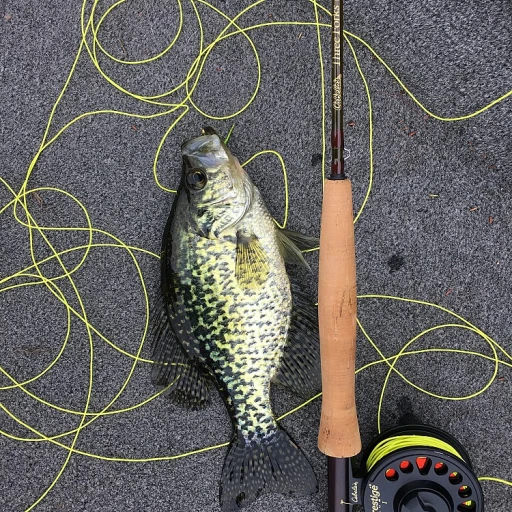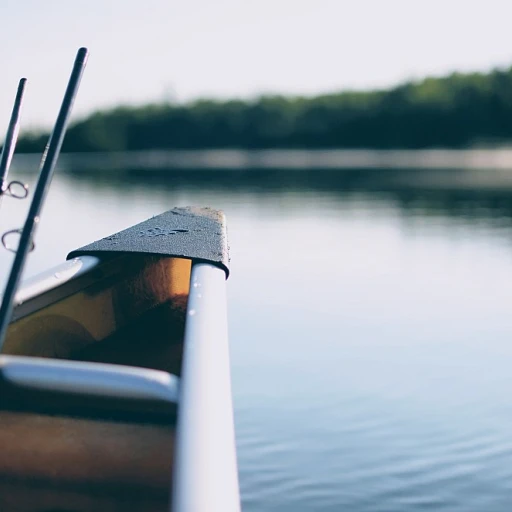
The Intersection of Culture and Craftsmanship
The Timeless Connection Between Culture and Craft
The art of creating Native American jewelry, especially necklaces, is deeply rooted in culture and tradition, embodying the rich heritage of various tribes such as the Navajo and Santo Domingo. These exquisite pieces offer more than just aesthetic appeal; they are a testament to the artistry and craftsmanship of skilled artisans who have honed their techniques over generations. One of the defining aspects of Native American jewelry is the use of materials like turquoise and sterling silver, often seen in navajo turquoise designs. Each piece, whether a pendant, necklace, or a pair of earrings, carries with it a story, a connection to the earth, and a reflection of the community's values.Artistry Beyond Aesthetics
Native American necklaces are not mere adornments; they symbolize a deeper cultural significance, often serving as a bridge between past and present. These jewelry pieces offer a quick view into the traditional practices that have endured despite the ever-evolving fashion industry. The integration of age-old techniques with contemporary design elements ensures that these necklaces remain relevant, appealing to both traditional collectors and modern-day enthusiasts who appreciate the fusion of cultural essence and artistry. Beyond their visual and cultural allure, the regular and sale price of such pieces indicates a broad range in the market, providing options for different budgets while maintaining the integrity and authenticity of the craft. Whether adding a piece to a cart at a sale price or acquiring a unit at regular price, each purchase supports the preservation of this unique cultural expression. In exploring jewelry that unites culture with craftsmanship, one should consider the impact of their purchase decisions, particularly when viewing the intersection of sustainable and ethical creation practices with consumer demand.Materials and Techniques: A Closer Look
Delving into Materials and Techniques
The art of crafting Native American jewelry is a testament to the rich traditions and skills passed down through generations. Integral to this craftsmanship are the materials selected and the techniques meticulously developed over time. A prominent feature seen in many Native American necklaces, particularly those crafted by the Navajo, is the use of sterling silver and turquoise. These materials are not only chosen for their aesthetic qualities but also for their cultural significance. Silver, particularly sterling silver, is a favored material due to its luster and versatility. The sheen of a silver necklace or pendant reflects a timeless elegance, making it a popular choice for various pieces. Turquoise, often found in Navajo turquoise necklaces, adds a pop of color and holds a deep spiritual meaning. Its vibrant hue is believed to ward off negative energy and provide protection. Beyond silver and turquoise, American Indian jewelry often incorporates other natural elements like shell and coral, used predominantly by the Santo Domingo artisans, known for their mosaic inlay techniques. This method creates intricate patterns, enhancing the visual appeal of each jewelry piece. The skillful combination of these techniques and materials not only enhances the beauty of the necklaces but also tells a story of heritage and identity. As you explore different pieces, you'll notice the meticulous craftsmanship that goes into each jewelry item, from necklaces to earrings. Each unit is often handcrafted and carries its own unique narrative, adding to the allure and value. Whether viewing items in a quick view mode online or observing them in person, the detail in each silver or turquoise piece becomes evident. The price of these jewelry items can vary significantly depending on the complexity of the design and the rarity of the materials used. When adding such items to your cart, consider that the regular price or sale price reflects not just the raw materials but the artistry and time invested in each unit. For true connoisseurs, the price add often translates into a priceless unit representing American heritage and meticulous craftsmanship.Symbolism and Storytelling in Jewelry
Embracing Heritage Through Symbolism in Jewelry
The distinctive appeal of Native American jewelry, particularly necklaces, lies in its profound symbolism and storytelling capacity. These pieces, rich in culture, often use materials like turquoise and silver to create a dialogue between the past and the present. Native American necklaces are more than mere decorative items. They are storytelling vessels full of history and spiritual significance. Symbols etched into American necklaces, such as those crafted by Navajo artists, might represent stories of the land, spiritual beliefs, or tales passed down through generations. These intricate designs transform jewelry into a narrative device, allowing the wearer to carry a piece of heritage around their neck. For example, turquoise, a staple in many pieces, including Navajo turquoise jewelry, is not just valued for its beauty. It holds immense symbolic significance, often associated with protection and healing. Navajo artists skillfully incorporate this gemstone into various items like pendants, earrings, and necklaces, reflecting a deep connection with nature and spirituality. This relationship transcends aesthetics, deeply rooting each piece in historical and cultural contexts familiar to many Native American communities. Likewise, sterling silver enhances this symbolism. The reflective, luminous quality of American sterling creates a stunning contrast, highlighting the vibrant hue of turquoise and the detailed craftsmanship involved. This combination is frequently seen in Indian jewelry, where sterling silver frames these stories and amplifies their visual impact. By exploring these symbols and stories, recreational fishing products can draw inspiration from such rich narratives, incorporating them into modern gear. Whether it's a pendant featuring traditional designs or a silver unit adorned with turquoise accents, these elements not only add beauty but also a layer of storytelling and symbolism, reflecting the artistry and craftsmanship that define Native American jewelry. Through connecting cultural artistry with modern innovation, fishing enthusiasts can appreciate the symbolism and rich narratives native to this craftsmanship, seeing them as parallels to their passion for fishing and storytelling they share with the community.Incorporating Traditional Designs into Modern Fishing Gear
Infusing Traditional Aesthetics into Contemporary Fishing Gear
The intricate artistry of Native American jewelry, such as necklaces and earrings, often enjoys a harmonious blend with the world of recreational fishing. The captivating designs seen in Navajo turquoise or Santo Domingo jewelry pieces have found their way into fishing gear, seamlessly merging cultural heritage with modern utility.
Recreational fishing products today are not just about functionality but also about personal expression. Incorporating traditional Native American jewelry designs into fishing gear adds a touch of elegance and historical significance. The distinct motifs crafted in sterling silver or turquoise sterling serve as inspiration for enhancing fishing tackle aesthetics, from rod handles to reel embellishments.
The movement to integrate American jewelry influences into fishing products is also reflected in the market's response. Items decorated with navajo turquoise or indian jewelry motifs frequently attract attention during sales, where price incentives encourage fishermen to add such uniquely styled gear to their cart. This approach bridges the cultural stories symbolized in American necklaces and pendants with the vibrant community of fishing enthusiasts.
The design and craftsmanship of Native American jewelry extend beyond necklaces and earrings, influencing broader fishing gear aesthetics. This artistry encourages conversation around preserving traditional techniques while satisfying modern tastes. With a regular price set competitively, these items often become quick view favorites among anglers who value both heritage and functionality in their equipment.

